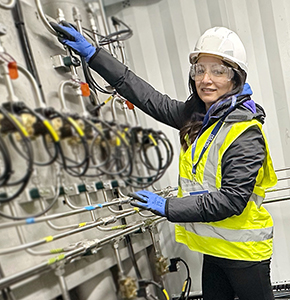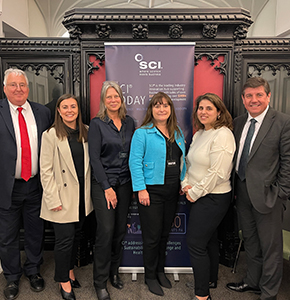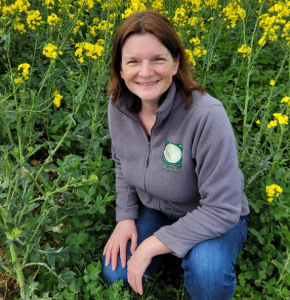Potatoes that have turned ‘green’ can potentially contain a naturally occurring toxin called Glycoalkaloids (GA) and pose a risk to public health according to a review paper published in the latest online issue of SCI’s Journal of the Science of Food and Agriculture (JSFA).
However, the good news is that cutting away the ‘green’ affected area is enough to eliminate most of the GAs to reduce the risk.
The paper also suggests that the levels of GA in potatoes can be controlled effectively by adopting appropriate pre-harvest and post-harvest practices – and therefore farmers and producers can do much to reduce the public risks of GAs.
Some measures include keeping tubers well covered with soil during growth, allowing them to mature before harvesting, avoiding harvest at very high temperatures and minimising exposure to light.
GAs are a naturally occurring toxic substance in potatoes that have antimicrobial, insecticidal and fungicidal properties which probably evolved as a protective mechanism against invasion by foreign bodies to protect the plant against pests and disease.
However, they can be toxic to humans and can cause serious illness at concentrations of >280 mg kg-1 f.w. (1)
Symptoms generally occur after 8-12 hours after ingestion and can include gastrointestinal disturbances and neurological disorders. Mild symptoms can include headaches, dizziness, abdominal pain, nausea, vomiting and diarrhoea. Other symptoms can include restlessness, drowsiness and mental confusion, trembling and hallucination but because the symptoms are common to a whole host of other ailments, mistaken diagnoses can occur.
The review was authored by Prabhat K Nema from the College of Horticulture, Jawaharlal Nehru Agricultural University, India, who was supported by the Seligman APV Fellowship in Food Engineering, a scholarship administered by SCI to help fund research and scientists from overseas; Professor Niranjan Keshavan and Ramaya Nidhi from the Department of Food Biosciences, University of Reading; and Eric Duncan from industrial partner Paragan Flexible, Lincolnshire, which helped support research on the effect of modified atmosphere packaging on GA levels at Reading University.
(1) McMillan M and Thompson JC, An outbreak of suspected solanine poisoning in schoolboys: examination of criteria of solanine poisoning. Q J Med 190:227-231 (1979)
- ends -
For more information, contact: SCI Marketing, T: +44 (0)20 7598 1586, F: +44 (0) 20 7598 1545, E: marketing@soci.org
About SCI
SCI, the society where science meets business on independent, impartial ground is a unique international forum which anyone can join where they can share and exchange information, ideas, new innovations and research and access SCI’s growing database of member specialists between sectors as diverse as food and agriculture, pharmaceuticals, biotechnology, environmental science and safety. Originally established in 1881, SCI is a registered charity with members in over 90 countries. For more information on SCI activities and publications, click here.








